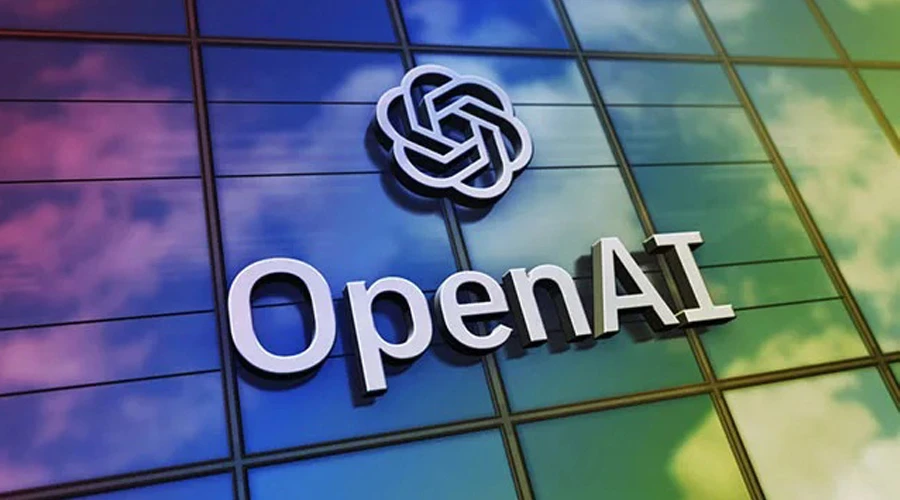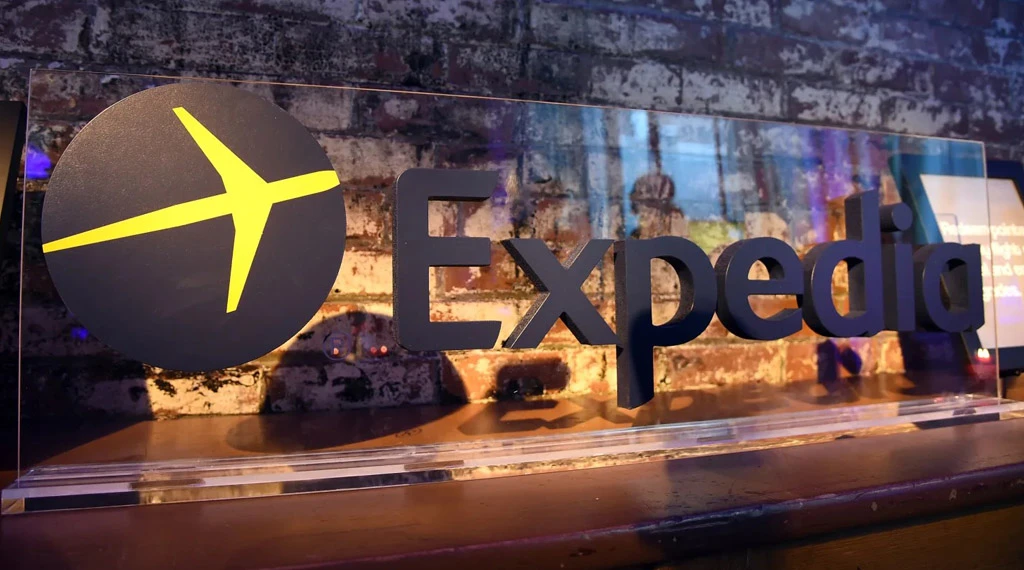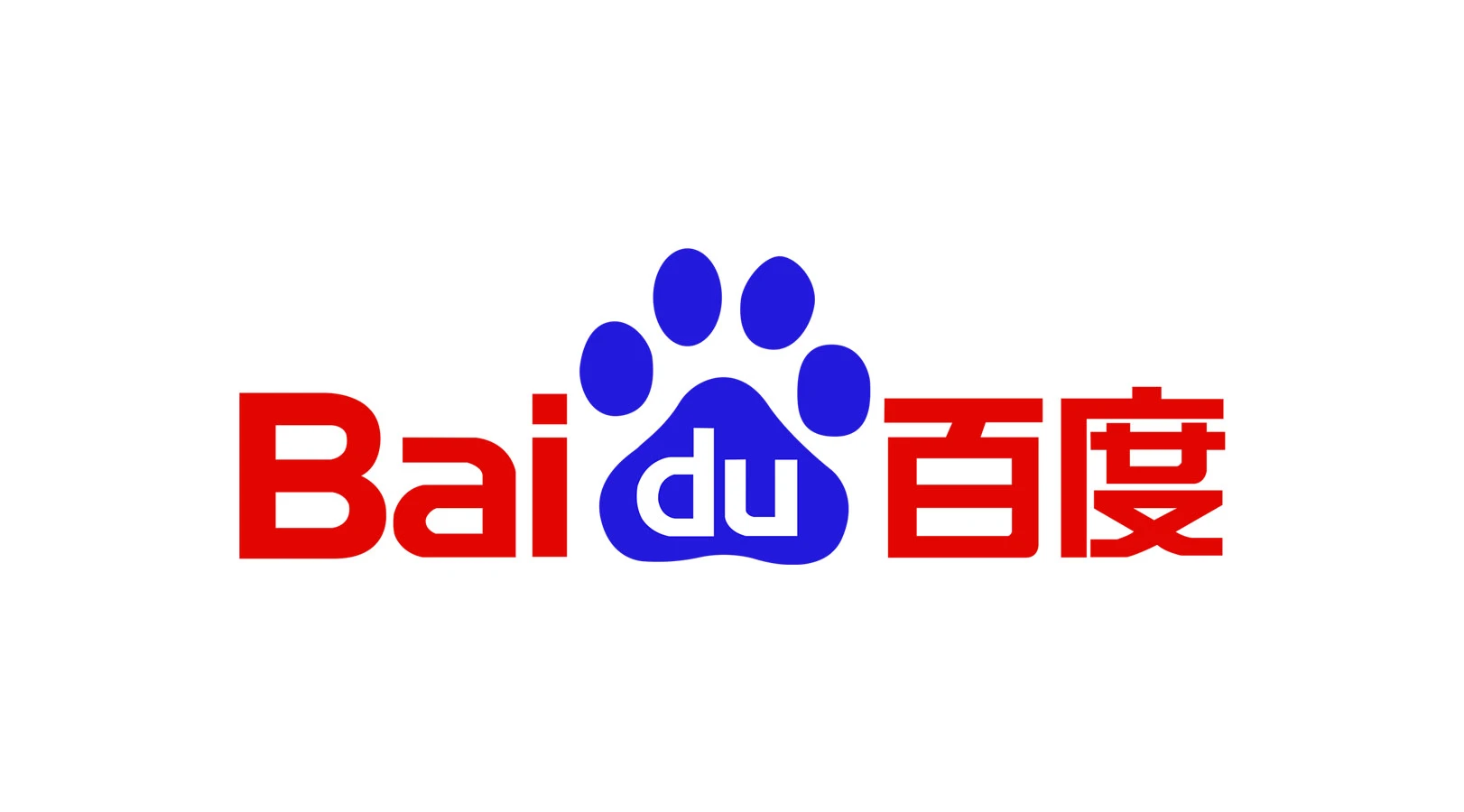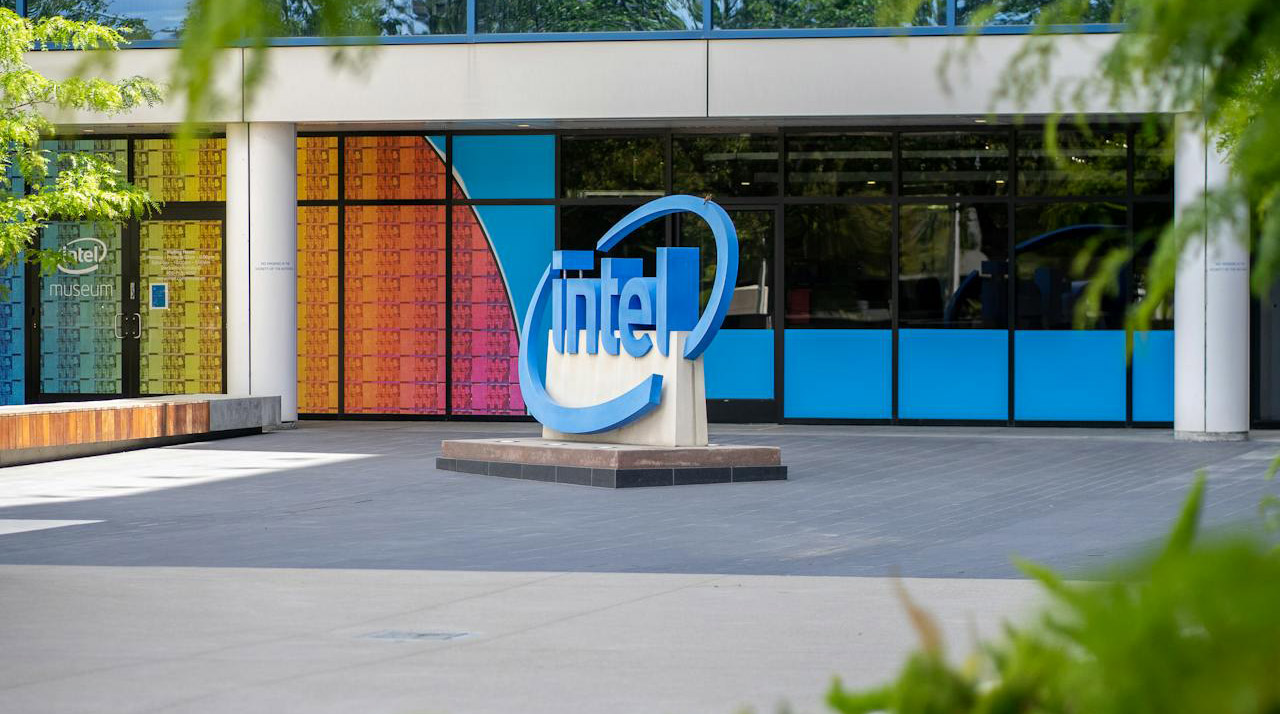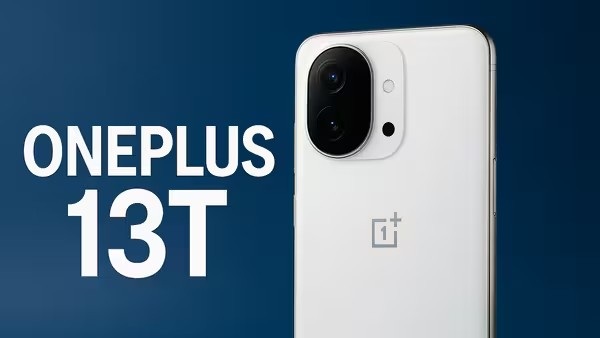OpenAI continues to push the boundaries of artificial intelligence with the launch of its latest model lineup: the GPT-4.1 series. This next-generation language model arrives in three powerful variants—GPT-4.1, GPT-4.1 Mini, and GPT-4.1 Nano—each tailored for specific user needs while delivering significantly improved performance across the board.
What’s New in GPT-4.1?
The GPT-4.1 update is more than just a performance boost. Here’s what sets it apart from its predecessors:
-
Massive Context Window: Now capable of processing up to 1 million tokens, making it ideal for long-form analysis, research, and document processing.
-
Improved Instruction Following: GPT-4.1 demonstrates a deeper understanding of nuanced prompts, instructions, and follow-ups.
-
Superior Code Generation: Developers can expect better code outputs, fewer bugs, and support for more programming languages.
-
Lightweight Variants: The Mini and Nano versions are optimized for mobile and low-resource environments, bringing high-performance AI to edge devices.
Why GPT-4.1 Matters
For businesses, educators, researchers, and content creators, GPT-4.1 offers a more efficient and scalable AI solution. With better comprehension, generation, and memory capabilities, it’s becoming the go-to model for complex tasks such as:
-
Enterprise automation
-
AI-driven chatbots
-
Personalized education
-
Advanced content creation
-
AI-powered research assistants
GPT-4.1 Mini and Nano: AI at the Edge
OpenAI also introduced GPT-4.1 Mini and GPT-4.1 Nano, lightweight models designed for on-device AI operations. These models can run on smartphones and local servers without needing constant internet access, addressing privacy and latency concerns.
Real-World Readiness
With better safety alignment, refined response structures, and a June 2024 knowledge cutoff, GPT-4.1 is ready to power real-world applications. Developers using platforms like ChatGPT, Microsoft Copilot, and API tools will benefit from this upgrade immediately.
Final Thoughts
The OpenAI GPT-4.1 series is a giant leap toward more human-like, context-aware, and efficient AI. As AI adoption skyrockets in 2025, this release cements OpenAI’s leadership in shaping how we interact with intelligent machines.

